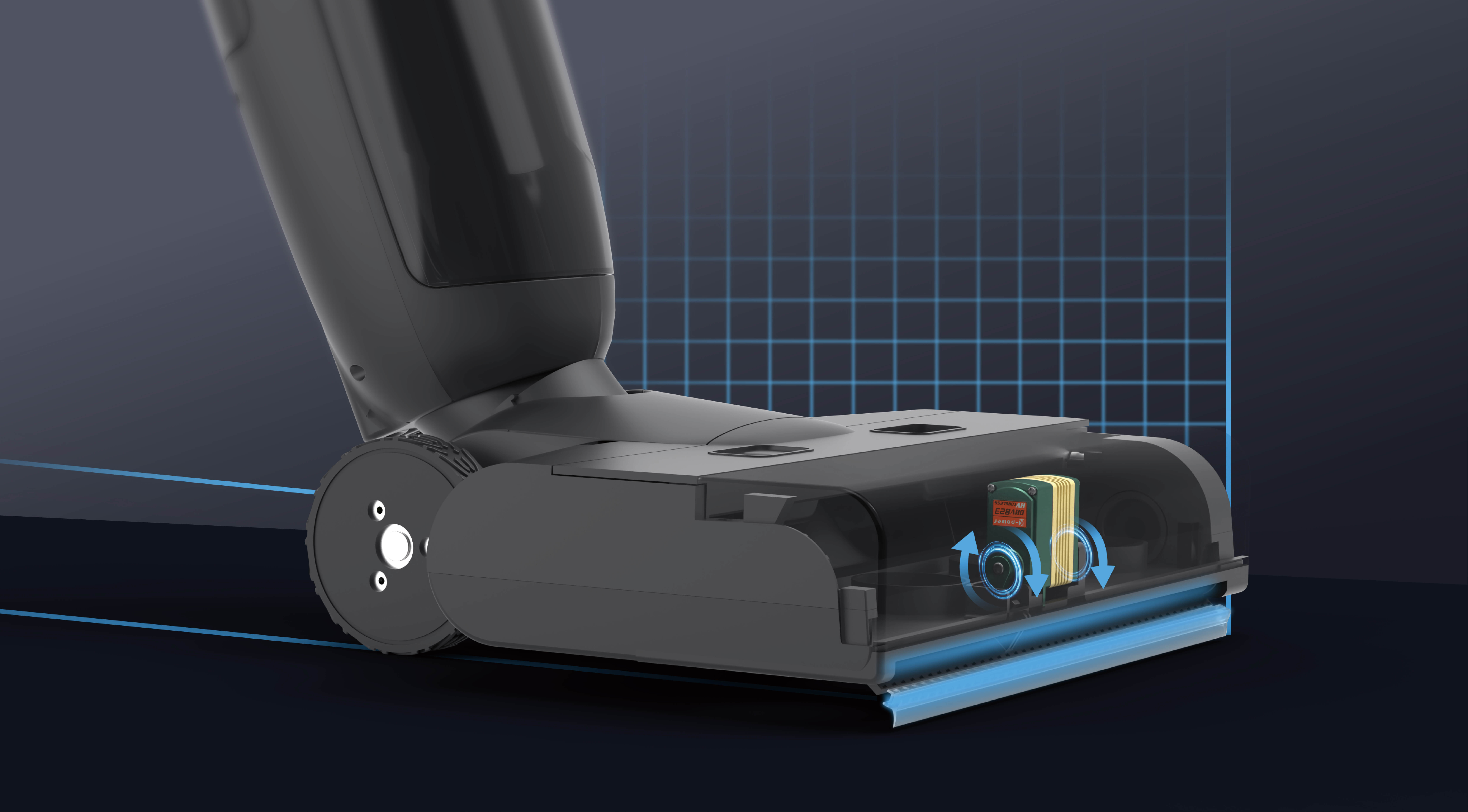Imagine holding a tiny piece of technology that’s quietly working behind the scenes to keep your camera steady, smooth, and professional-looking. That’s what a gimbal motor does. It’s like the magic muscle inside your gimbal stabilizer, responsible for making sure your footage looks buttery smooth—even when you’re running, jumping, or just walking without a steadying hand.

So, what exactly makes a gimbal motor stand out? Well, it’s all about precision and responsiveness. These little marvels are designed to react in real-time to every shift you make, whether that’s a quick turn or a slow tilt. Unlike traditional motors, gimbal motors are equipped with advanced sensors that constantly read the position and movement of your camera. Once they detect any instability, these motors kick into action, adjusting their torque and position to cancel out any unwanted motion.
Now, what about their design? A typical gimbal motor is compact but mighty. It’s built to deliver high torque with minimal noise and heat. This means even during long shoots, it won’t overheat or disturb your shot with distracting sounds. Plus, some brands push this further—they use brushless motors, which are more durable and energy-efficient, giving you longer hours of stable filming without breaks.
People often ask, “Are these motors only for professional filmmakers?” Absolutely not. Hobbyists and content creators love them too. Whether you’re vlogging on city streets or capturing epic outdoor adventures, a gimbal motor keeps your camera steady, making every shot look polished. It’s like having a steady hand, but way better—because it compensates for every tiny disturbance, like wind gusts or uneven terrain.
Sometimes, it’s fun to think about how these small motors could be considered the unsung heroes of modern videography. Without them, smooth footage wouldn’t be possible in such a compact setup. Plus, with the rise of drone technology, the importance of reliable gimbal motors has skyrocketed. Drones need these motors to stabilize cameras suspended hundreds of feet in the air, capturing breathtaking shots with zero jitter.
Thinking about upgrading your gear? Pay attention to the motor’s efficiency, torque capabilities, and responsiveness. After all, a motor that’s too weak might struggle with heavier equipment, while one that’s overly bulky can weigh your setup down. Finding that sweet spot is key.
At the heart of it all, a gimbal motor isn’t just some tiny part—it’s a game-changer. It turns shaky, amateurish footage into smooth, cinematic magic. It’s about pushing the boundaries of what’s possible with handheld filming. That silent worker inside your equipment? It’s doing the real heavy lifting—you just get to enjoy the stunning results.
Kpower has delivered professional drive system solutions to over 500 enterprise clients globally with products covering various fields such as Smart Home Systems, Automatic Electronics, Robotics, Precision Agriculture, Drones, and Industrial Automation.




































